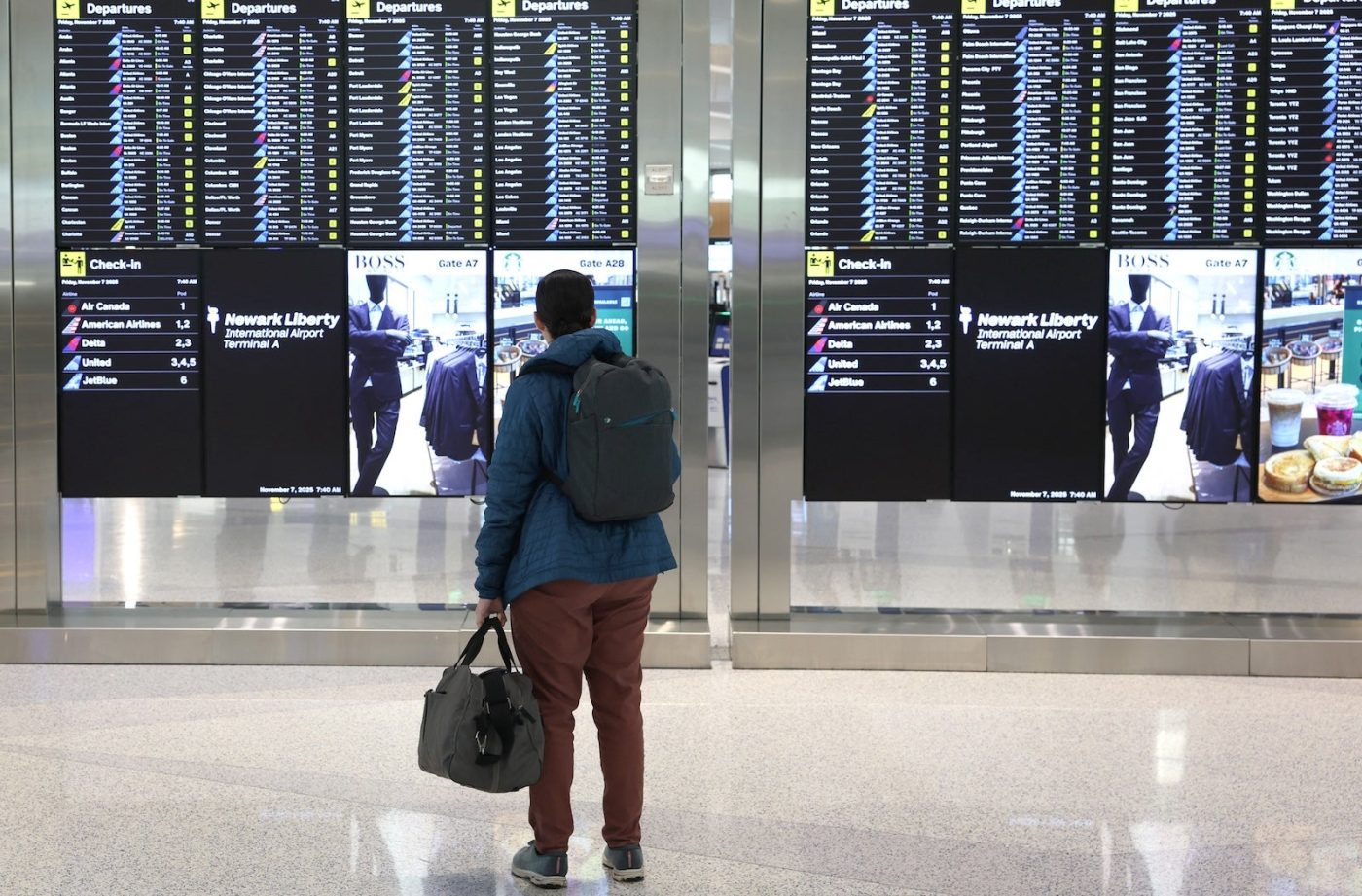There are signs the longest government shutdown in U.S. history could be ending, but for now travelers should expect major disruptions. Over the recent weekend roughly 22,000 flights were affected by cancellations or delays, and the situation is likely to worsen while the shutdown continues.
What’s happening
– The FAA has ordered airlines to reduce schedules at 40 large airports to ease pressure on understaffed air traffic control facilities. Carriers must cut 6% of flights at those hubs on Tuesday and Wednesday, 8% starting Thursday and 10% beginning Friday. (The FAA’s full list of affected airports is publicly available.)
– Beyond those planned reductions, many additional flights have been canceled or delayed because air traffic controllers and other aviation staff are working without pay, creating staffing shortages, fatigue and operational disruptions.
– Officials warn the disruptions could grow. “You’re going to see air travel be reduced to a trickle,” said Secretary of Transportation Sean Duffy. The head of the controllers’ union, Nick Daniels, said controller fatigue has “led to the erosion of safety and the increased risk every day that this shutdown drags on.”
– Airlines report large numbers of customers affected. American Airlines said 250,000 of its customers were disrupted over the weekend, and other carriers reported hundreds of thousands more.
Which flights are being cut
– Airlines are mostly avoiding canceling long-haul international flights on large aircraft; instead, many cancellations target domestic and regional flights, especially those flown by regional subsidiaries (American Eagle, United Express, Delta Connection).
– Carriers are also trying to preserve critical hub-to-hub flights that keep crews and aircraft moving.
Are flights safe?
– Aviation leaders say flying remains broadly safe because the FAA is slowing traffic to match limited staffing levels. But controllers and union leaders say fatigue is increasing safety concerns.
How airlines are responding
– Most airlines have issued travel waivers and relaxed change and refund rules. Even basic-economy passengers have been allowed to change flights fee-free on many carriers, and some airlines are permitting refunds or cancellations for passengers who simply do not want to travel now.
– Airlines are notifying customers by email, text and app push notifications and are enabling rebooking in apps for many travelers. United reported rebooking about half of affected customers on new flights within four hours in one recent disruption.
Practical advice if you’re flying
– Watch airline notifications: Monitor email, text and your carrier’s app. Many rebookings and changes can be completed in-app without calling.
– Know your refund rights: Under U.S. Department of Transportation policy, passengers whose flights are canceled or significantly delayed are entitled to refunds if they choose not to accept a rebooked flight. Some airlines are also offering expanded refund options for passengers who simply want to cancel.
– Consider a backup plan: Think through alternatives — driving, train or postponing. If your itinerary has connections, recognize your risk is higher. Frontier’s CEO even suggested booking a backup ticket on another carrier if travel is essential; at minimum make one ticket refundable so you can cancel it if the other flight departs.
– Get to the airport early: TSA checkpoint wait times have been mostly normal, but staffing shortages could lengthen lines. Arrive earlier than usual.
– Prepare for long delays: Pack snacks, water, extra entertainment and use the restroom before boarding in case you’re stuck on the plane or in a terminal for an extended period.
– Check travel insurance or card protections: Airlines aren’t required to pay for hotels, meals or ground transport when cancellations stem from government actions; they must provide refunds for canceled flights but not secondary expenses. If you have travel insurance (or a card with trip delay protections), contact the provider to see if you can file a claim — review policy terms as coverage varies and some policies may exclude shutdown-related disruptions.
What to expect for Thanksgiving
– With Thanksgiving less than two weeks away, the timing is especially concerning. Airlines had anticipated strong holiday travel, and uncertainty remains about how quickly operations will recover even if the shutdown ends.
Bottom line
Expect continued cancellations and delays while the shutdown persists. Stay informed through your airline, consider alternate plans or backup tickets for critical travel, and know your rights to refunds if a carrier cancels your flight.




